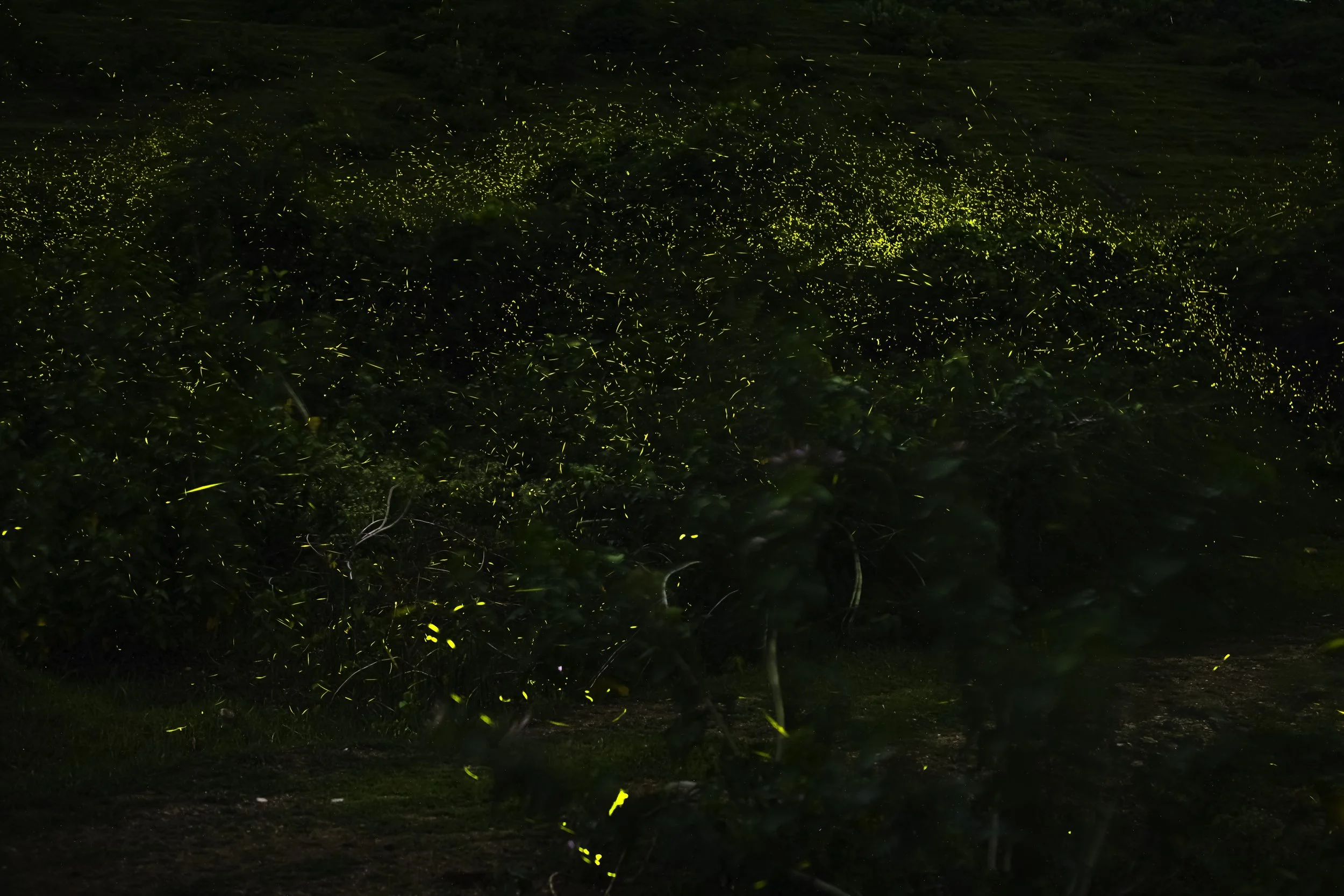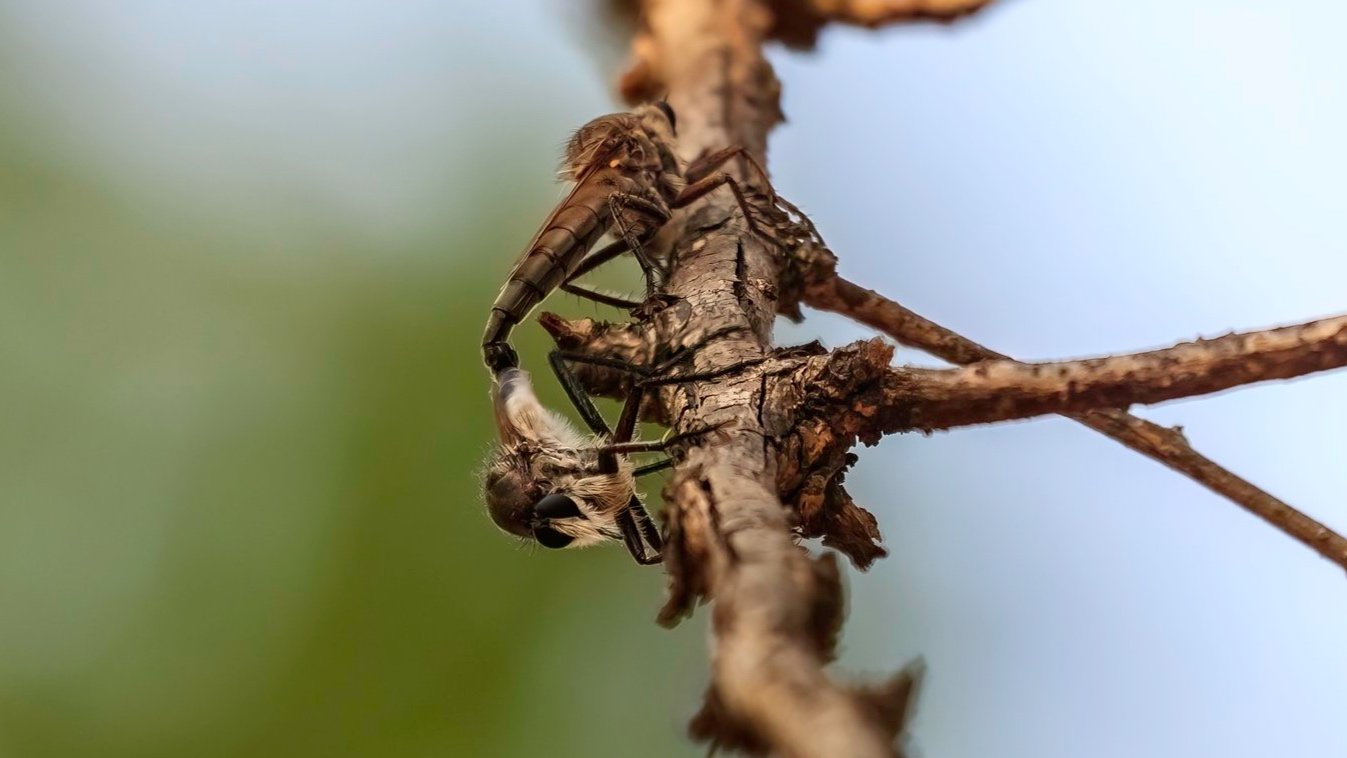Firefly
Abscondita chinensis, a captivating species of firefly belonging to the family Lampyridae and subfamily Luciolinae, is a luminous wonder native to tropical Asia. Known for its remarkable bioluminescent displays, particularly during its mating season, it plays a vital role in its ecosystem as a predator and contributes to the charm of natural environments. It lives in various habitats, and its bioluminescence, especially during mating, adds a magical quality to its existence. However, threats from pollution and climate change highlight the need for conservation efforts to protect this insect. These were photographed in Telangana.
#wildartworks, #Canon, #Wildlife, #naturephotography, #earthcapture, #conservationphotography, #wildlifeonearth, #bbcearth, #natgeowild, #natgeoindia, #Kawal, #KawalTigerReserve, #hyticos, #nirmal, #wildtelangana, #telanganawildlife, #telanganaanthropods, #telanganabeetle, #beetle, #Insectsoftelangana, #Absconditachinensis, #Lampyridae, #Luciolinae, #firefly, #asynchronousfirefly, #synchronousfirefly,
Robber Fly/ Assassin Fly
The Asilidae are the robber fly family, also called Assassin Flies. It is one of the largest families in Diptera Brachycera. The adults and larvae are predaceous on other insects, especially on plant-feeding insects, and thus help in the natural control of insects. They are world wide in distribution, represented by about 5000 species belonging to over 400 genera. Only about 750 species under 80 genera are known from the Oriental Region, of which 300 species and 45 genera are from India. Stenopogon is a genus in the family Asilidae with at least 200 described species. Today is about one of them from the Kawal Tiger Reserve.
#wildartworks, #Canon, #Wildlife, #naturephotography, #earthcapture, #conservationphotography, #wildlifeonearth, #bbcearth, #natgeowild, #natgeoindia, #Kawal, #KawalTigerReserve, #hyticos, #wildtelangana, #telanganawildlife, #telanganaanthropods, #Insectsoftelangana, #Asilidae, #Stenopogon, #robberfly, #assassinfly,
Kuregad - A Tale of Water
Hidden in the deep recesses of the Kawal Tiger Reserve are a number of Gond villages having a close relationship with nature and its management. Closely linked with each individual of the Gond clan is a lineage of Pardhans, bards and chroniclers, who play a vital role in the worship of the clan deity and many other ritual activities. Today is about one such village which depended on their solitary well for water but when the water started to make them sick, they left to settle at a different location. Life in the forest isn’t always a bed of roses.
#wildartworks, #Canon, #Kawal, #KawalTigerReserve, #hyticos, #wildtelangana, #telanganawildlife, #gondvillage, #waterscarcity, #lifeintheforest, #gondlife, #telanganagonds, #adilabad, #kumurambheemasifabad, #gundala, #kuregad,
Indian Bark Mantis
The Indian Bark Mantis (Humbertiella ceylonica), is a species of praying mantis found throughout India. It is well-known for its excellent camouflage, resembling tree bark, hence the name. As its name suggests it generally lives on the bark of trees and its color and texture closely match the bark of trees, allowing it to blend seamlessly into its environment. Like other mantises, they are ambush predators, patiently waiting for prey to come within reach before striking primarily feeding on insects and other arthropod.
#wildartworks, #Canon, #Wildlife, #naturephotography, #earthcapture, #conservationphotography, #wildlifeonearth, #bbcearth, #natgeowild, #natgeoindia, #animalsofinstagram, #prayingmantis, #mantids, #insects, #preyingmantids, #indianbarkmantis, #barkmantis, #Mantodea, #Gonypetidae, #anthropods, #bugs, #Kawal, #KawalTigerReserve, #hyticos, #wildtelangana, #telanganawildlife, #telanganaanthropods, #Insectsoftelangana,





